E-commerce entrepreneurs are well aware of how much impact proper packaging of goods has on customer satisfaction and business costs. Check out our tips to help you ensure that parcels leaving the warehouse are properly secured.
A well-packaged product is a flagship of your company. The main function of packaging is to fully protect it from potential damage that may occur during the logistics process. Retailers are also increasingly paying attention to the aesthetics of the parcels they send, as they are well aware that the customer's first contact with the goods matters. Properly packaged parcels are proof of the seller's care for the products ordered to reach the contracting party in perfect condition. This is why it is so important in e-commerce to ensure that shipments are packaged correctly and that the entire logistics process is optimised.
During the journey to the addressee, the parcel is repeatedly moved and rearranged not only by the courier, but also by the mechanisms operating in automated sorting plants. The item being transported can be damaged during delivery, for example by jolts, pressure from other parcels or an accidental fall from a height. There are even more challenges of this type - but for the trader, the most important thing is that the parcel reaches the recipient safely, regardless of the delivery method chosen.
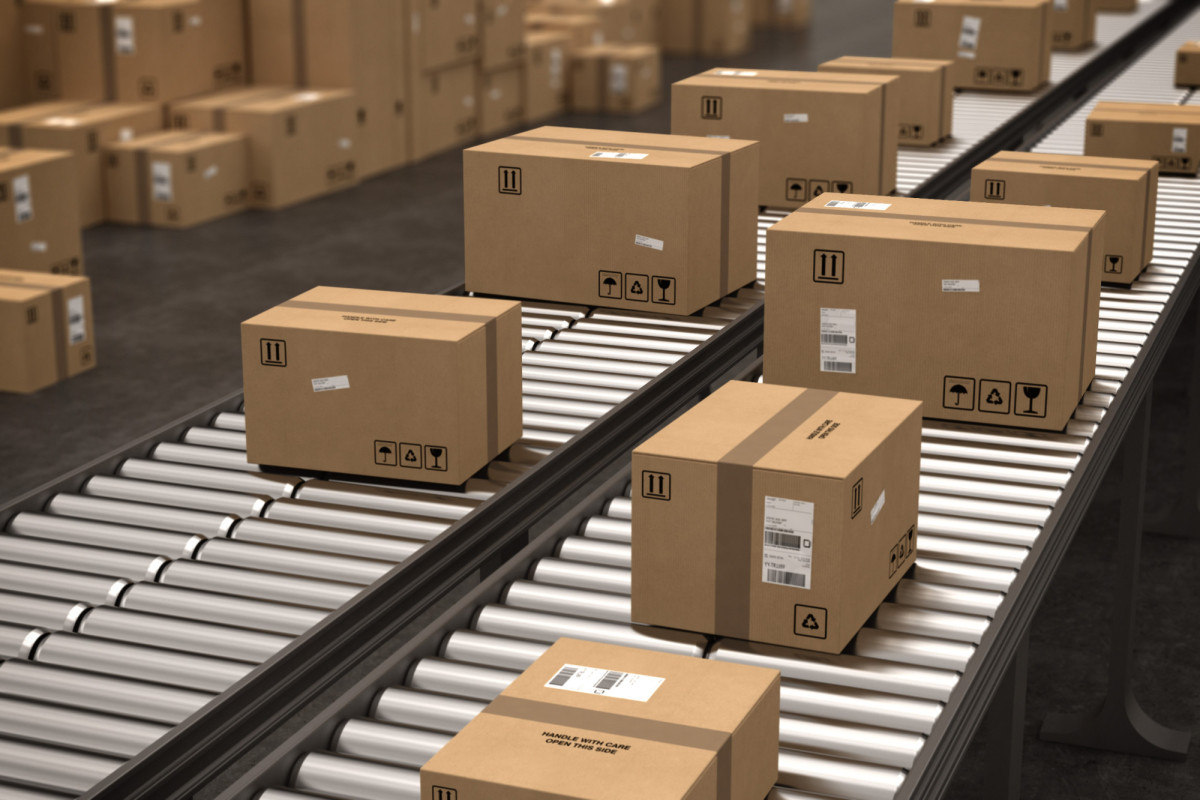
The shipper must be aware that courier delivery companies are protected by the Transport Law. According to its provisions, the transport company is not responsible for damaged goods if they are extremely fragile. Therefore, if you are shipping this type of product, you should first read the terms and conditions of the service and then opt for parcel insurance. Suppliers may have their own regulations specifying packaging requirements for specific products. Failure to comply with these regulations deprives us of the right to receive compensation.
Let's start with the basics, i.e. choosing the right cardboard box. The best protective properties are found in boxes made of corrugated cardboard, which, in addition to its high resistance, is also distinguished by its ability to absorb shocks. Corrugated cardboard can consist of two to as many as seven layers of liners. The higher number of corrugations translates into better packaging strength, but also into a higher weight. For example, two-layer corrugated cardboard may be suitable for packing lighter products and three-layer cardboard for parcels weighing up to approximately 15 kg. For shipping the most delicate items, as well as those with a higher weight, it is recommended to purchase five-layer corrugated cardboard boxes (load capacity up to 30 kg) or seven-layer cardboard boxes (load capacity up to 50 kg).
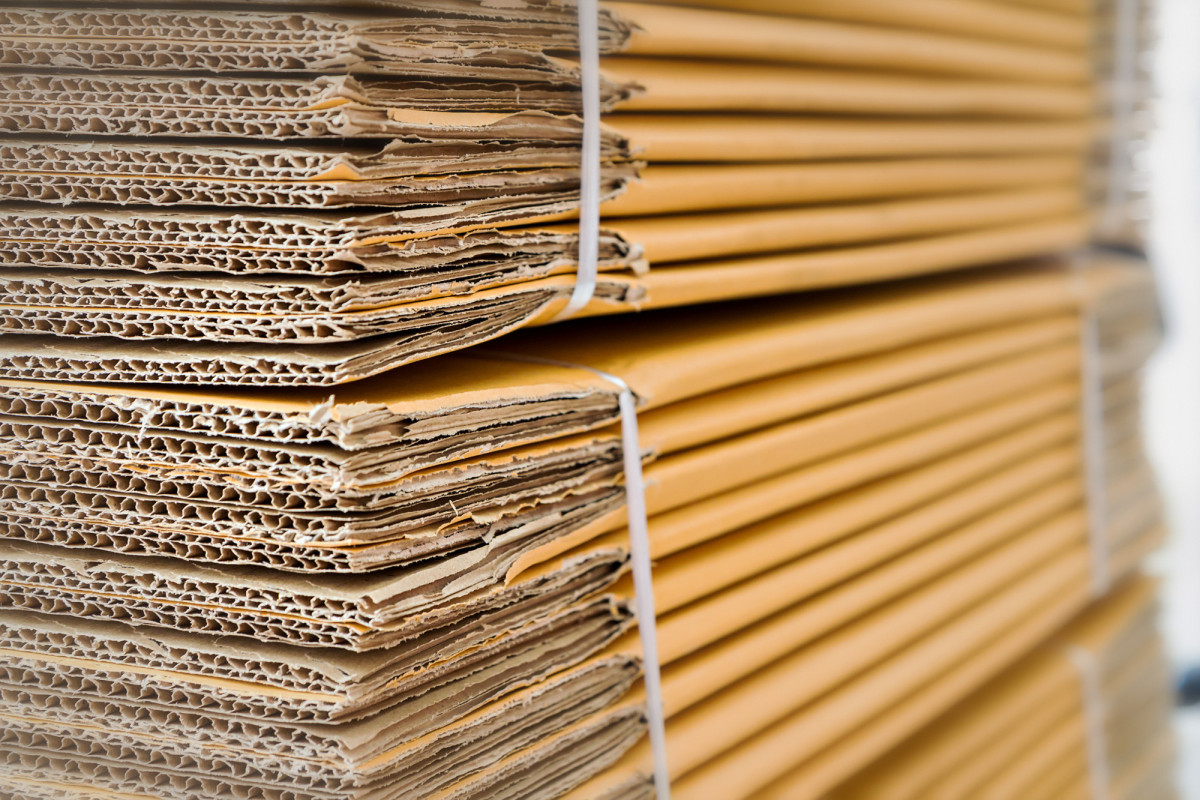
The heavier the goods, the higher the cardboard weight. When packing fragile items, it is advisable to pay attention to packages with special additional reinforcements in the corners, in an "L" or "U" shape.
We have described the methods of completing parcels in detail in a separate article, so here we will limit ourselves to the essentials.
Between the cardboard box and the packed item, there is usually a free space that needs to be filled. The fillers used for this purpose are designed to absorb impact and prevent the item from moving inside the package. The fillers should be placed on each side of the item. The most commonly used are:
We can count paper and air-filled films among the most popular parcel fillers. Their main advantages are convenience of use, very good cushioning properties and relatively low production cost. Which filler is the better choice? It all depends on the type of goods to be shipped and the needs of your business.
Using paper to fill parcels is a common practice. It involves inserting folded and cut pieces of paper into the free space of the cardboard. Increasingly, retailers are turning to honeycomb decorative paper, especially when they are concerned about the aesthetics of the package. The biggest advantages of using paper are the low price of the fillers and the ease of recycling. The possibility of automating the production process is also an advantage. Special machines for the production of paper fillers automatically prepare the paper - bending it and cutting it into pieces of a specific length. The purchase of this type of equipment is recommended for e-commerce shops that prepare large quantities of parcels daily.
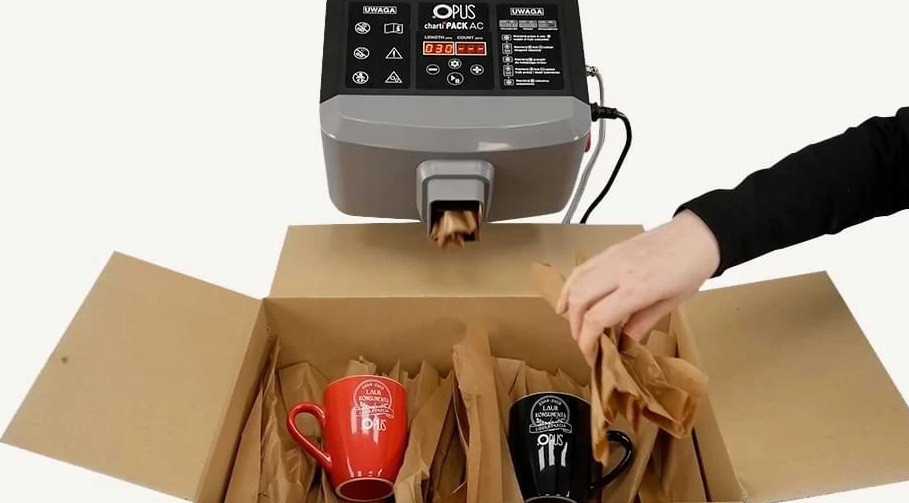
In the process of preparing shipments, companies are increasingly turning to air-filled film fillers. We particularly recommend films made of biodegradable DPE material. Depending on the size of the goods to be shipped, we have air mats with bubbles, air cushions (for filling medium and large sized cartons) and bags with a shape similar to a cuboid or cylinder.
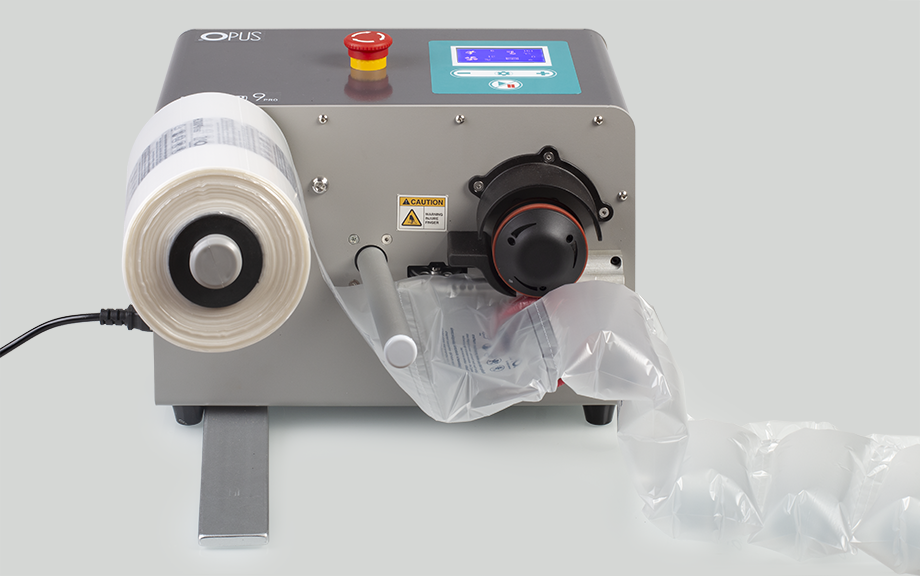
If you decide to buy an air filler machine, you will be able to produce it in-house and adjust the production volume according to current demand. This is a good way to save storage space. Like paper, airfoil fillers are reusable. They can be used for products with non-standard dimensions. They provide convenience for the recipient as they do not cause a mess when unpacking the package.
Once the parcel is filled, it is time to close it. For this we can equip ourselves - depending on the weight and size of the parcel - with polypropylene, PVC or reinforced paper tape. The box should be carefully sealed around the entire circumference. The recommended method is the 'H' shaped sealing method, along all edges. For heavier packages, at least several layers of tape should be used.
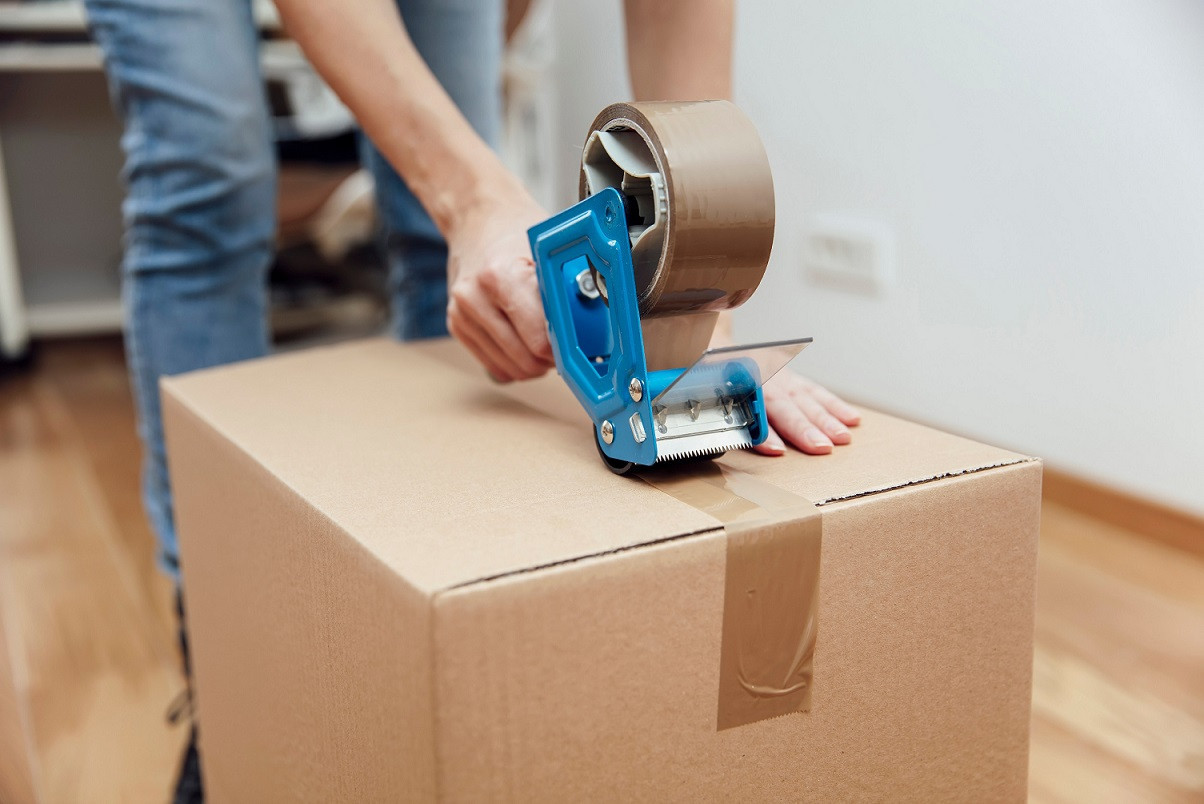
For parcels weighing over 30 kg, it is worth considering the use of strapping tapes, which are characterised by very high strength. Bear in mind, however, that they should be used with heavier cardboard boxes. Special pads should also be used in the corners, which can be damaged by tight strapping.
Warnings in the form of writing or symbols on the parcel are not a substitute for secure packaging, but they provide very important information to the courier on the correct handling of the parcel. The most common markings include:
We encourage you to use the packing tips above to minimise the risk of damage to your parcels during transit. Remember that well-prepared packaging is the business card of your company and is the first thing a customer will see after an order has been fulfilled.